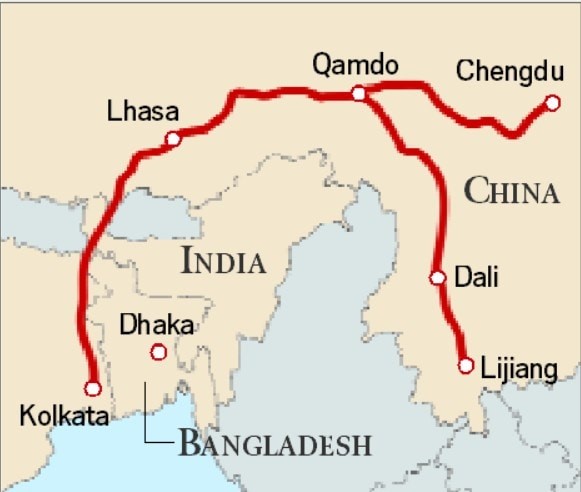7667766266
enquiry@shankarias.in
Why in News?
China’s Ambassador to India Xu Feihong recently posted on X about the historic Tea Horse Road.

Reference